When I told my Japanese friends I was
planning to walk the Shikoku Henro trail, several of them said the same thing. "Are you going to wear a hat?"
For many people, the image of a walker in a bamboo hat is the first thing that comes to mind when they think of the pilgrimage.
But what "should" you wear on the Shikoku 88, a Buddhist pilgrimage trail?
Some pilgrims don't wear any special gear at all - just normal walking clothes. That's fine. But some walkers choose to wear special clothes, many of which have symbolic significance.
Many people wear a white jacket to walk the trail. It's called a 白衣
hakui. This is the first piece of pilgrim garb I bought, at temple number 1. Some have sleeves; mine is sleeveless.
Wearing the white jacket signals to people that you are a pilgrim. So if you want to talk with lots of people on Shikoku, wearing pilgrim clothes is a great conversation starter.
↓ Even my guidebook (well,
one of them) has a hat-wearing, white-jacketed pilgrim on the cover.
Actually, some pilgrims wear all white. I met a lovely older gentleman several times on the trail, who had just turned 80. He was all in bright white, and looked very striking.
According to
Nippon.com:
"White is worn because long ago some pilgrims would collapse from the physical exertion and die during the pilgrimage, and the white robes could serve as their burial clothes.
The colour white also carries the meaning that all pilgrims are equal in front of the Buddha."
I prefer the second meaning, I think!
Even if you don't wear white, it's be good to wear lighter colours - I saw a lot of people in light coloured clothes. I didn't know this when I planned my trip, so my walking clothes are all dark.
If I buy new kit before I go back, I might try and buy lighter coloured clothes. I didn't get the impression it matters too much though.
↓ A tour group of pilgrims, many dressed in white or light clothes
I also got a 納経帳
noukyouchou at that first temple, a stamp book with 88 pages (one for each temple). At each temple, after praying and visiting the various halls, you can get your book stamped as proof that you've been there.
I met another lovely Japanese man named Shinichi, who kindly showed me around various rituals, explaining aspects of the temple and the praying process to me.
I'm not Buddhist, but I really enjoyed and appreciated the ritual of praying at each temple. I found it fascinating, and very calming.
After lighting incense and a candle, you give an offering at each hall of an
osamefuda (納め札), a slip of paper onto which you can write your name, address and a message of good will.
↓ Pilgrims also give the paper slips to people who help them along their way - like this restaurant, where the walls were papered with osamefuda.
In the stamp office, the staff doing calligraphy were often surprised to see a non-Japanese visitor, and would usually ask where I was from and if I was walking the whole route.
I had a lot of pleasant conversations with the men and women in the stamp offices. Again, I think wearing the pilgrim kit helps here.
Later on, I got a 菅笠
suge-gasa, a bamboo sedge hat. This conical hat keeps the sun out of your eyes, and it works as a rain-hat too.
The
suge-gasa was surprisingly sturdy - when I wasn't wearing it, I strapped it to the back of my backpack, and despite getting bashed about a bit (sorry, hat!) it still looks as good as new.
Now, back in England, it's sitting in my office waiting for my next trip...
A bit further into the week, I acquired a 輪袈裟
wagesa, a kind of stole or scarf . Traditionally, this is an item worn by monks, but now it just symbolises that the wearer is a pilgrim.
↓ Me with green wagesa
↓ You have to take the wagesa off when eating or washing. This public toilet even had a hook outside to hang your stole on.
Many people also walk with a 金剛杖
kongou-zue, a wooden walking stick. The stick symbolises
Kōbō Daishi himself, the monk in whose footsteps pilgrims walk.
Pilgrims are supposed to take care of the stick before they care for themselves - washing the bottom of the stick before washing your own feet, and so forth.
The nicer sticks have a bell hanging from the top, and according to the fantastic site
Shikoku Henro Trail:
"The intent of the bell is to keep pulling your attention back to the present; back to reality and what you are doing so that you don't just day dream all day as you walk."
The bell is also good for alerting bears and wild boar to your presence, so they won't be startled by you. And you can hit the stick on the ground as you walk to scare away snakes.
↓ Simple sticks, available for walkers to use for free at one of the temples
I didn't get a stick (personally I don't really like walking with a stick, even a spiritually significant one). But I might get one next time, or just a bell, to scare off wild animals.
People seem to pick and choose from the pilgrimage clothes available. I saw many tour groups wearing full and matching outfits. They looked good, but the set-up costs are expensive.
↓ A tour group relaxing in the evening (in matching kit)
Cyclists and some walkers seem to take a more practical pick-and-mix approach to clothing. Anyway, I didn't get the impression that anyone will be offended by a failure to wear full pilgrim garb.
The white jacket and hat are definitely a really good conversation starter though.
↓ And you can keep the rain off your backpack...!
Related posts:
Walking the Shikoku 88 Pilgrimage (Part 1) - Plan, plan, plan!
Walking the Shikoku 88 Pilgrimage (Part 2) - The Best First Day in Japan
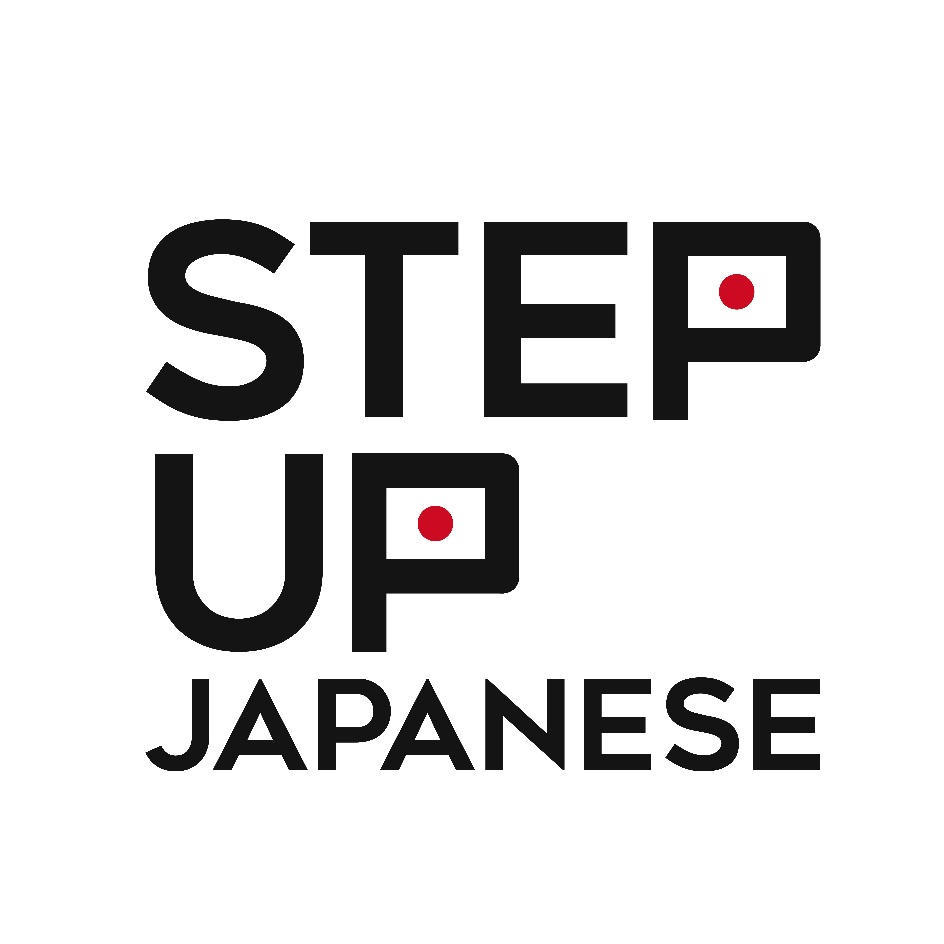

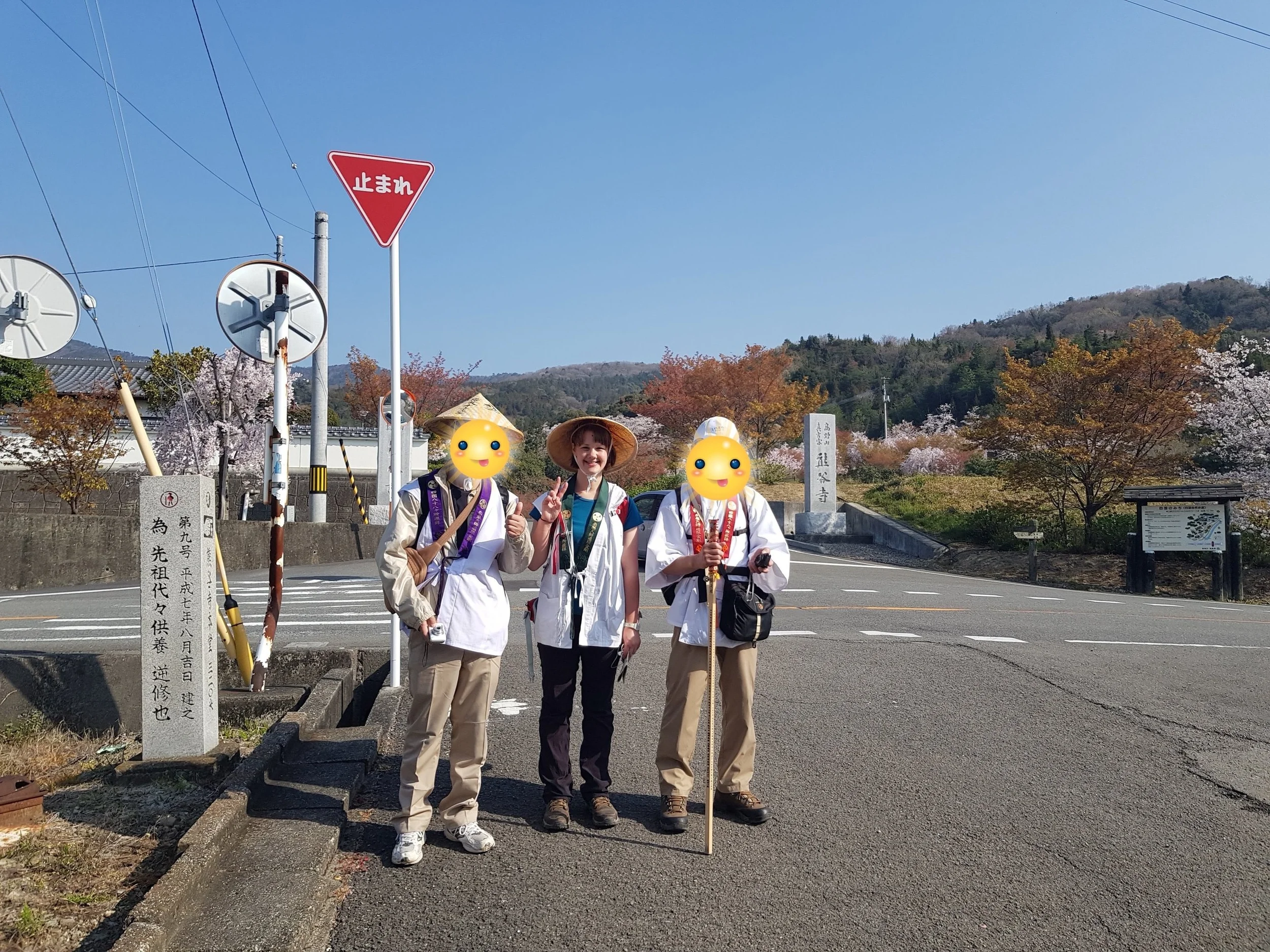






























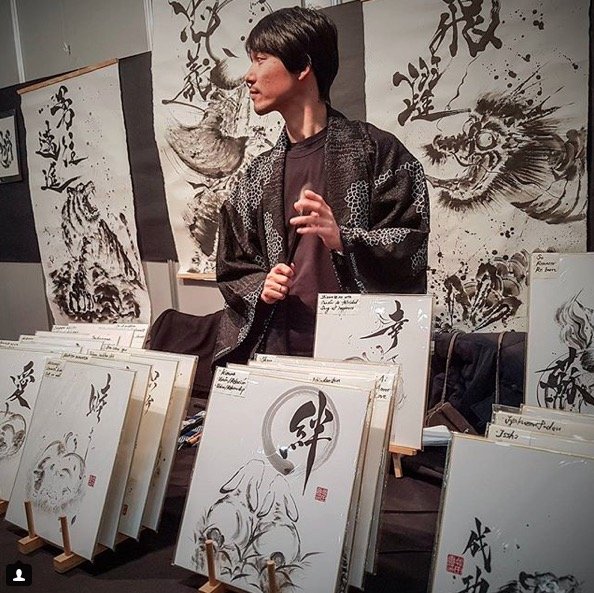
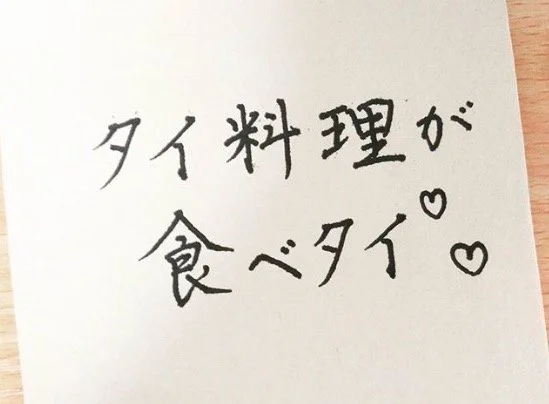
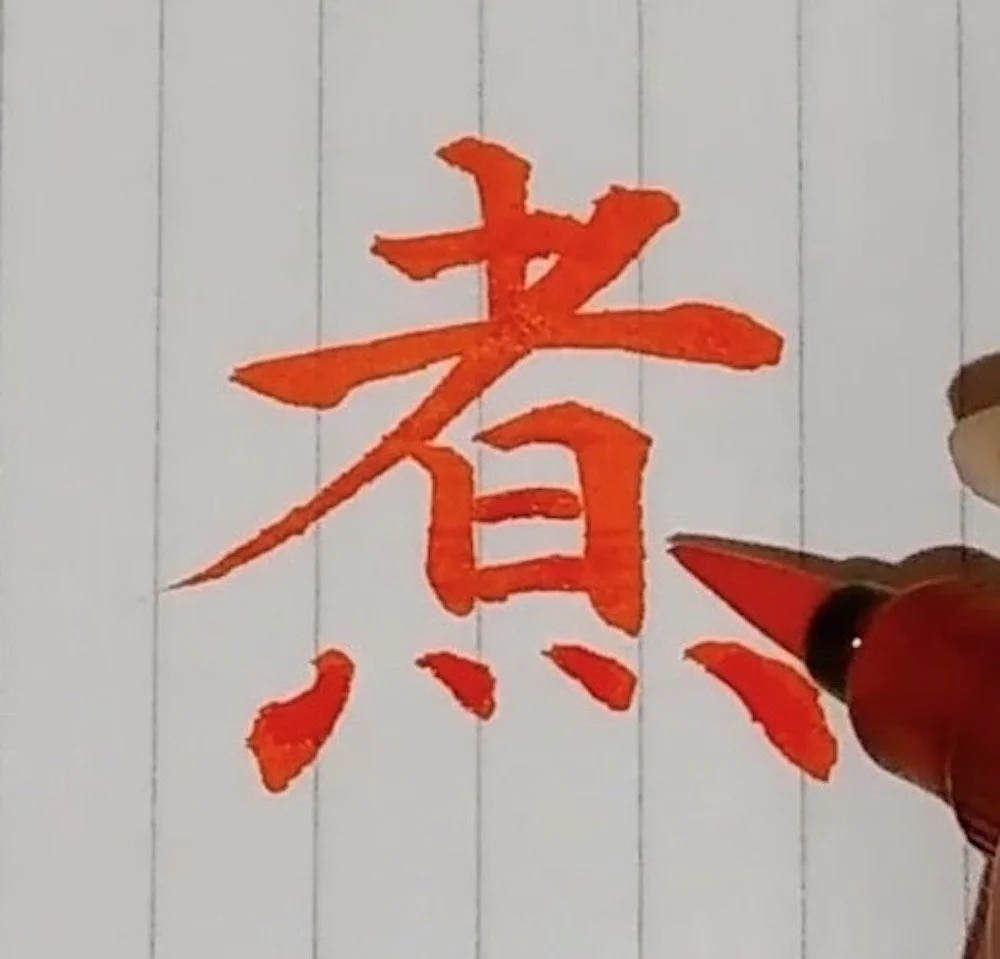






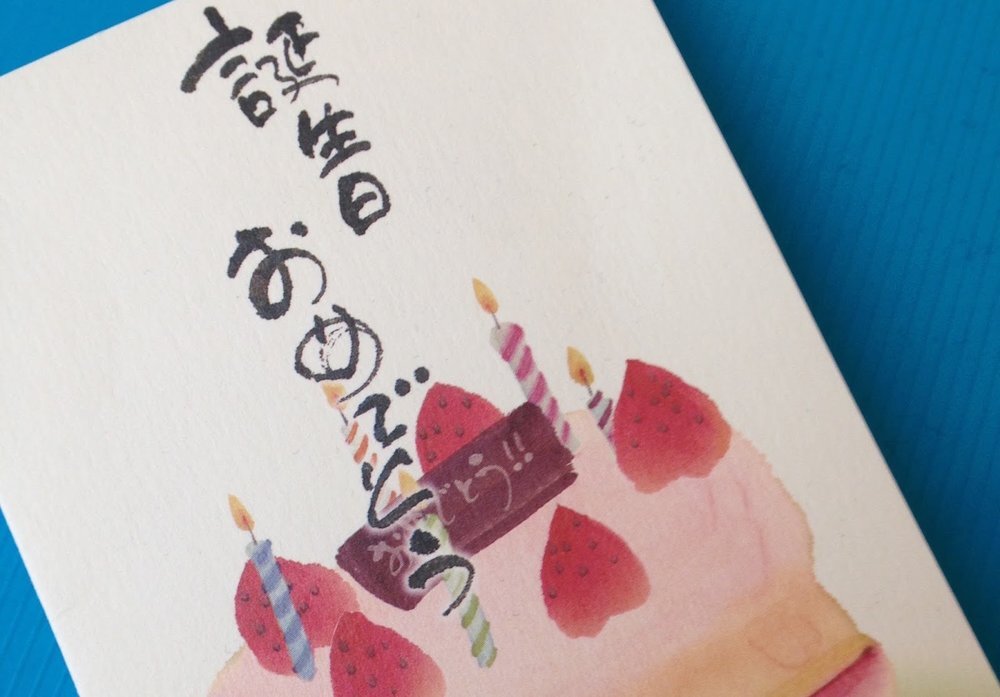




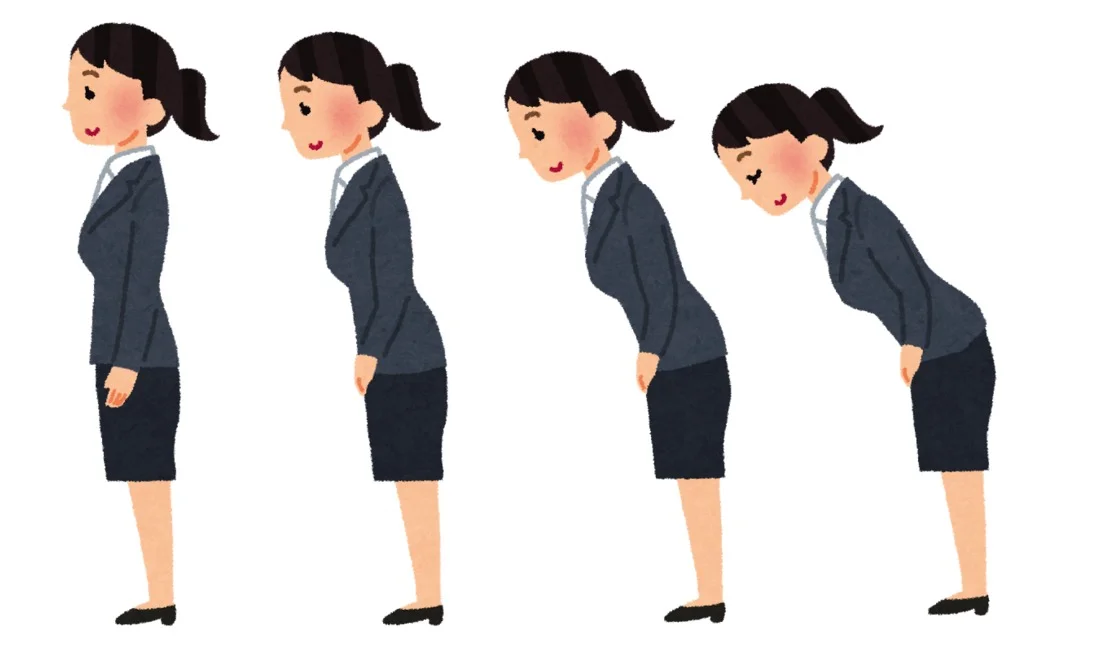








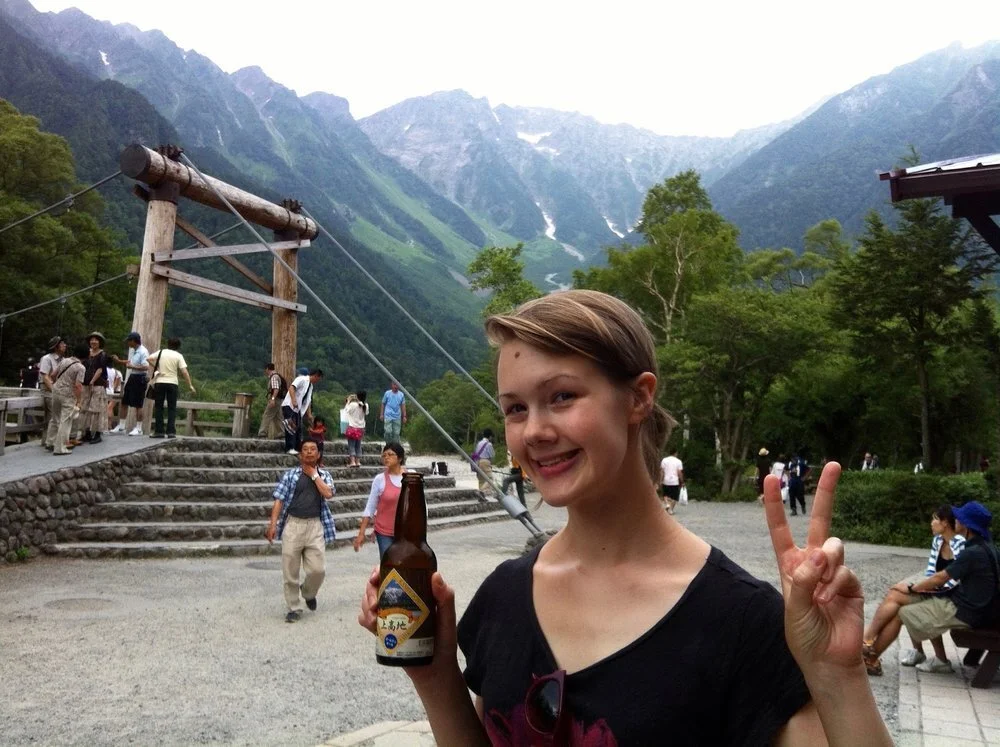
Like many people in the UK, I studied French in school. I liked French. I thought it was really fun to speak another language, to talk with people, and to try and listen to what was going on in a new country. (Still do!)
When I was 14 we went on a school exchange to the city of Reims, in northeastern France. I was paired with a boy, which I’m sure some 14-year-olds would find very exciting but which I found unbearably awkward. He was very sweet and we completely ignored each other.
That was nearly 20 years ago, and I didn’t learn or use any more French until, at some point in lockdown, I decided on a whim to take some one-to-one lessons with online teachers. Here are some things I learned about French, about language learning, and about myself.